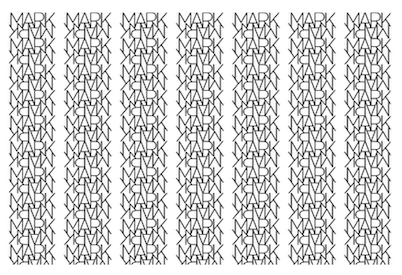 Today’s interview features inspiring individual Rebecca Kamen, whose artwork we first read about in this article via PBS. Continuing our conversation with artists who are dyslexic, we’d like to introduce you to her work and share the following interview. “Rebecca Kamen’s work explores the nexus of art and science informed by wide ranging research into cosmology, history, philosophy, and various scientific fields…Ms. Kamen has exhibited and lectured in China, Chile, Korea, Egypt, and Spain. She has been the recipient of a Virginia Museum of Fine Arts Professional Fellowship, a Pollack Krasner Foundation Fellowship, two Strauss Fellowships, and more.” She is currently a professor emeritus of art at Northern Virginia Community College.
Camp Spring Creek: “Divining Nature: An Elemental Garden” is awe-inspiring! So many of us stared at that Periodic Table of Elements for hours on end in high school. Not nearly as many went on to actually understand what it was all about, or how to apply that knowledge in applicable ways. Can you tell us about what sparked this art installation?
Today’s interview features inspiring individual Rebecca Kamen, whose artwork we first read about in this article via PBS. Continuing our conversation with artists who are dyslexic, we’d like to introduce you to her work and share the following interview. “Rebecca Kamen’s work explores the nexus of art and science informed by wide ranging research into cosmology, history, philosophy, and various scientific fields…Ms. Kamen has exhibited and lectured in China, Chile, Korea, Egypt, and Spain. She has been the recipient of a Virginia Museum of Fine Arts Professional Fellowship, a Pollack Krasner Foundation Fellowship, two Strauss Fellowships, and more.” She is currently a professor emeritus of art at Northern Virginia Community College.
Camp Spring Creek: “Divining Nature: An Elemental Garden” is awe-inspiring! So many of us stared at that Periodic Table of Elements for hours on end in high school. Not nearly as many went on to actually understand what it was all about, or how to apply that knowledge in applicable ways. Can you tell us about what sparked this art installation?
Rebecca Kamen: This idea for the project came to me when I returned home from a lecture trip to Santiago, Chile. I literally walked through my front door and had a vision that I needed to create something inspired by the Periodic Table. I had no idea why that struck me at that point, but the research took me to the Chemical Heritage Foundation (CHF) in Philadelphia to research the beginning of chemistry, which was alchemy. I didn’t know what form the installation would take at that stage. I was just researching.
In the library there, the alchemy manuscripts I looked at were breathtaking. I happened to be on sabbatical that year and decided to travel to the Himalyas in Bhutan. I had seen a print of mandala inspired by that place and wanted to see it in person. Standing there in the mountains, I realized that the Periodic Table was Western cosmology in the same way that the mandala I had seen represented Eastern cosmology. If you study the Periodic Table, you know that all the letters and numbers represent things in the world above us, below, and everything in between. I knew I needed to create something beautiful and compelling enough that people would want to learn more. The concept of using a garden inspired by the orbital patterns of the 83 naturally occurring elements in the Periodic Table seemed like a natural leap, because gardens are beautiful and inviting spaces and I knew people would be able to engage with that. As it turned out, the orbital patterns also looked like flowers, so things started to click into place from there.
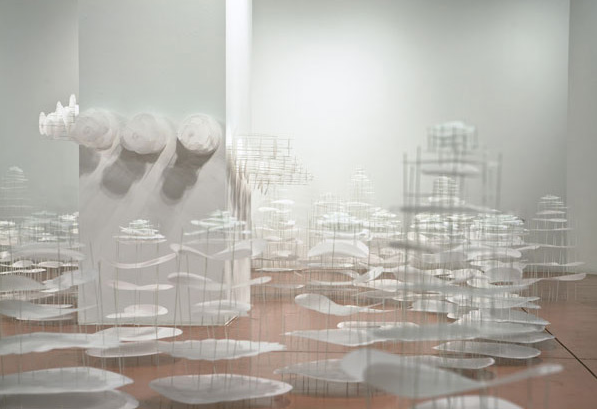
One of the bridges between art and science is math, which creates a universal language between both fields. When I was creating Divining Nature, I knew I wanted a sound component. I found Susan Alexjander in Portland, Oregon who was investigating the Period Table like I was, but with sound. She and I have now worked on three or four projects—the latest is called “Portal” at the National Academy of Sciences—and it is inspired by gravitational wave physics and black holes. I think it’s important to remember this connection of music, too, because it can really enhance our understanding of something. Sound is simply another way knowing. [View the video of "Portal" here.]
CSC: What is your dyslexia discovery story?
RK: I grew up before the word “dyslexia, was part of the vocabulary. ” I was bright and loved science but did poorly in math, reading comprehension, and on my SATs. I knew I wanted to teach and go to college. My parents knew this as well, but no college would accept me. My parents went to the principal who wrote a letter of recommendation for me, and Penn State eventually said they’d accept me on probation. If I didn’t make it through the first semester, I was out. I looked at the catalog and found that art education was the only major that didn’t require math and that was the route I was going to go. Working with my hands, I was able to excel. I graduated and later received a full fellowship for a master’s degree, finished that, and then received another full fellowship for an additional master’s degree in the arts. My parents’ advocacy really held a light for me to do what I wanted to do.
I didn’t learn that I was dyslexic until I became a college professor. I was visiting an acquaintance at the beach and she happened to be head of the Special Education program at University of Maryland. Through conversation about my path and my career, she realized I was dyslexic and told me. It was a revelation, but even without knowing that for most of my educational years, I think on a subconscious level I had already intuited I learned differently than others and figured out strategies to get through. Reading long pages of text still causes fatigue and some anxiety, but give me a book with images and I can tell you so much about them and how they relate to other things.
CSC: We’re especially interested in your projects that deal with rare books or scientific documents. Your interest in this material seems both ironic and intriguing. What’s the lure?
RK: The lures for me are the beautiful diagrams and visuals that express complex scientific thoughts and theories. At the American Philosophical Society Library in Philadelphia, I was invited to examine the notebooks of Lewis and Clark. They had text, but they were also beautiful objects that contained drawings of Lewis and Clark’s observations. I also saw Robert Hooke’s book called Micrographia at the Chemical Heritage Foundation and it includes engravings that he created. He was the first to develop the compound microscope. Hooke also created the word “cell” that we use to describe the cells in our bodies. He was looking at a piece of cork under magnification and he observed forms that reminded him of monastery cells. To me, that’s such a fascinating story. Narrative is what connects me to science and expands my mind.
Another epiphany I had as I went through many incredible books is that, before the advent of the camera, scientists also had to be artists. It was the only way they could record their observations. Before the 19th Century, the books have beautiful drawings not done by artists, but by the scientists themselves. I was invited to research inMadrid in archives that included a painting that Nobel Laureate and neuro-anatomist Santiago Ramón y Cajal did when he was just 8 years old. Observing the way that Cajal saw at a young age, I could understand how his ability to see and record details planted seeds for his discovery of neurons.
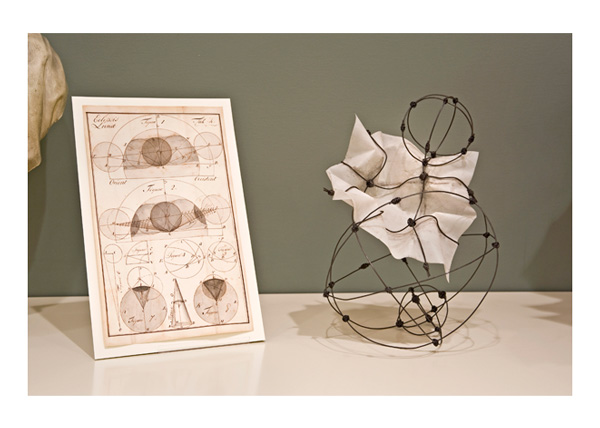
As an artist looking at this specific scientific collection, I realized the significance of Cajal spending hours drawing his observations directly from the microscope. Looking through a microscope at one of his slide, it occurred to me that the process of drawing enables scientists a unique understanding that, compared to today’s world of the digital image, is more comprehensive on a certain level. I think drawing enabled scientists at the time to really process and become more intimate with their material. This lead to a kind of understanding that can only be achieved when someone really takes the time to slowly investigate.
I was also able to explore special collections at the National Library of Medicine, which has an amazing selection of the Vesalius books. Vesalius was an anatomist from the 16th Century and he’s also considered the founder of modern human anatomy. Several copies of his book De humani corporis fabrica (“On the Fabric of the Human Body”) are there, hand printed, each with different nuances and notes from previous owners. The images are breathtaking. Dissection had been illegal for a long time, but when these books were printed, it was one of the first times that human dissection was documented.
CSC: We read that you believe artists and scientists have similar missions to search for meaningful patterns. Do you “see” your finished piece in your mind’s eye, then make it? Give us a little window into that moment of making when immaterial meets material.
RK: My ideas come to me as visions, a lot of times when I wake in the morning, a word or an idea will come into my consciousness. When that happens, I know I need to research and then use my findings to create work giving the ideas tangible form. The work becomes a vehicle for my own understanding, and a way to share these insights with other people. Much of my work is collaborative in nature, so communicating with others is a big part of the process as well.
For example, I am currently working on a collaborative project with a British poet. We’re exploring the relationship of art and neuroscience. Writing has always been a challenge for me, but for some reason I’ve been able to experience “flow” with my words around science and art because of this collaboration. The poet I’m working with interprets my ideas and thoughts into his medium and what he creates then further helps me understand my own original vision. I struggle a great deal with sitting down and actually writing, so this has been a revelation for me—it feels like magic. For the sculptural or installation component, I am starting to envision some ideas that might include words literally “coming off the page” so that viewers can experience his poetry in three-dimensional form. I get sparks of seeing how that might be possible and will keep exploring until our work is complete.
In order to understand just about anything, I have to be able to understand it in relation to something else. That enables me to make connections that others may not have made before. When I work with scientists, they get excited because I can show them things through a new lens. For years, I thought this was the way that everyone in the world thought! It’s validating to find this appreciation from others, and of course I grow and benefit from the learning experience as well.
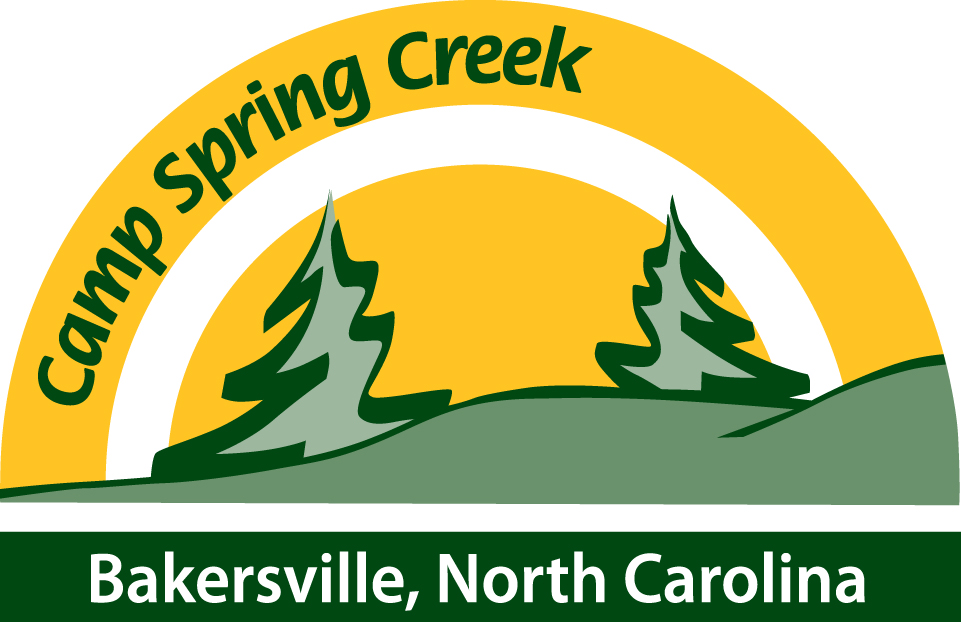
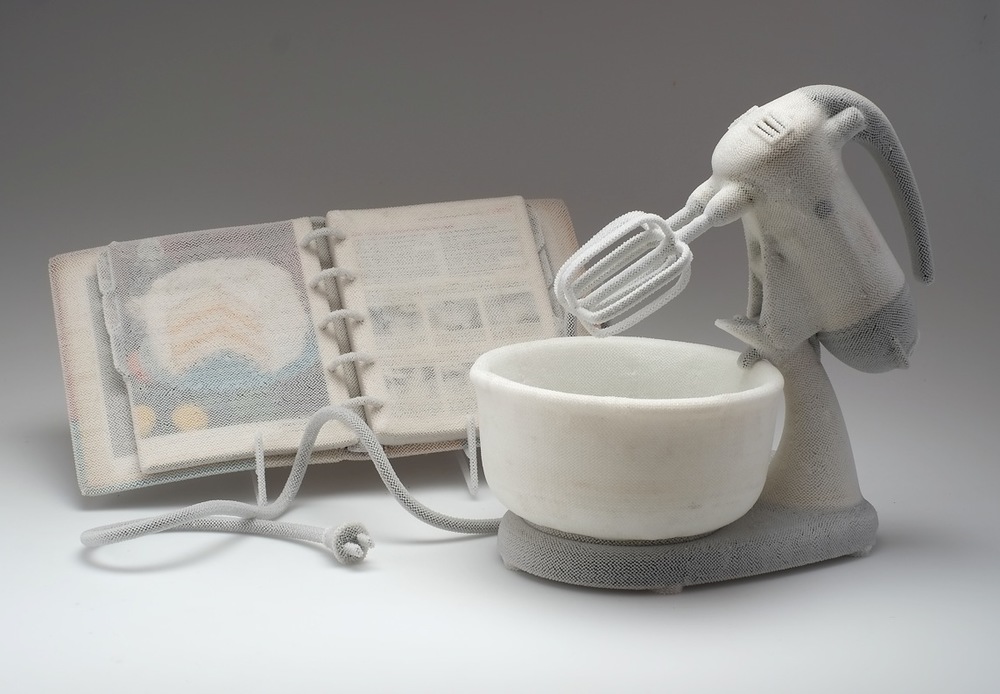
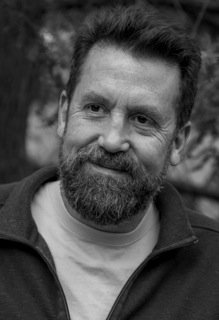 exia over the years? How has this shaped your experience of the world?
exia over the years? How has this shaped your experience of the world?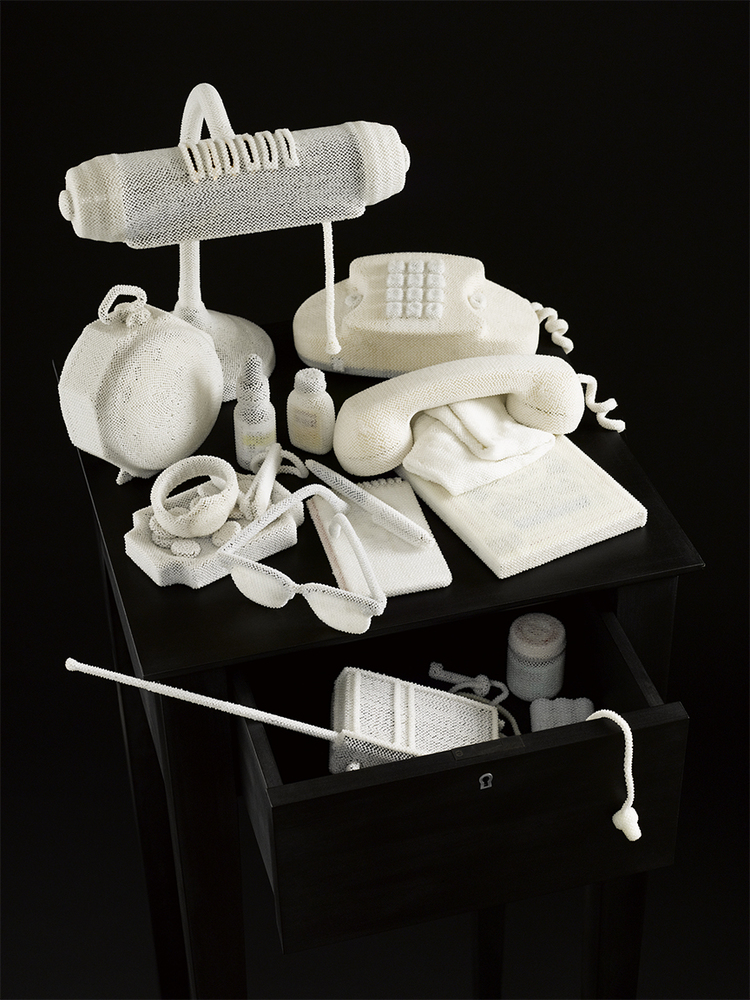
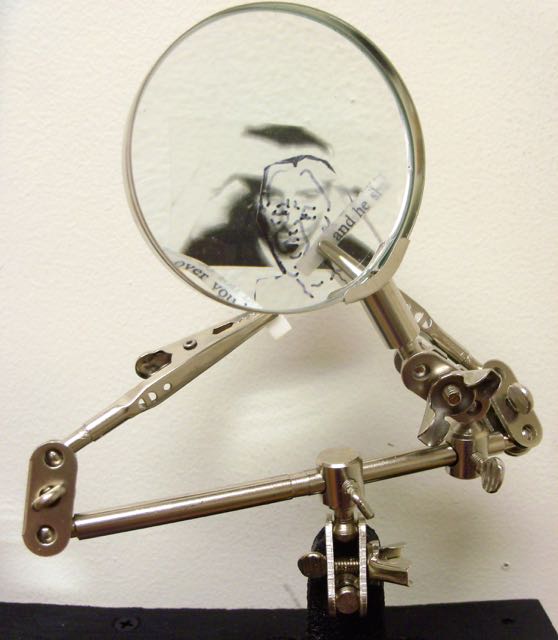 Today's interview features inspiring individual
Today's interview features inspiring individual 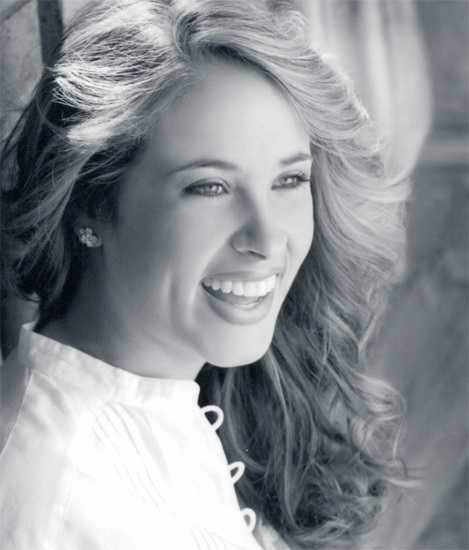 Today’s interview features inspiring individual
Today’s interview features inspiring individual 